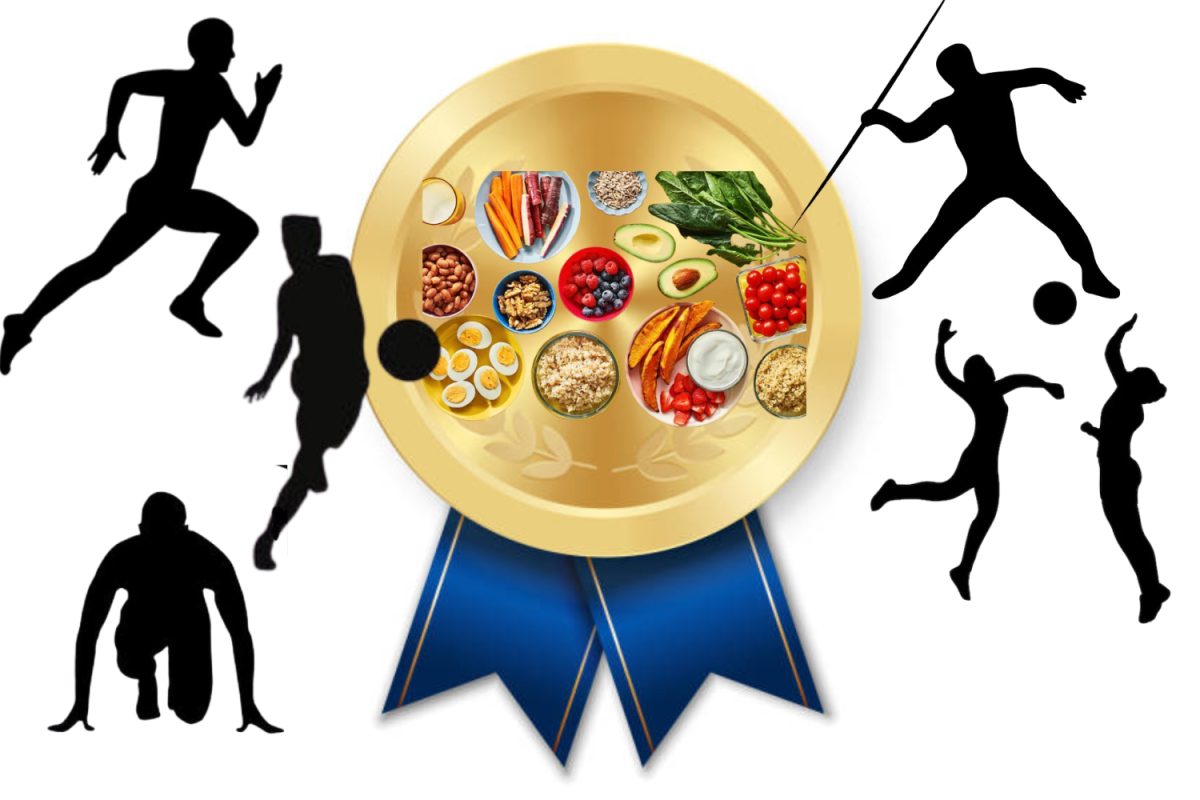As the fall athletics season kicks off, the Upper School’s halls buzz with energy as athletes begin to take the fields and courts. Many of these athletes are unknowingly running on empty stomachs. A recent study showed that 47 percent of female athletes ages 15 through 30 are at risk of not fueling their bodies sufficiently, according to nih.gov.
Mrs. Christina Cauliffe, Head Athletic Trainer, Upper and Middle School Health Teacher, and Health and Wellness Department Chair, aims to address the problem of under-fueled athletes through educating the community on proper nutritional habits. She discussed the advice that she gives to athletes who come to her with questions on nutrition.

“Proper nutrition is essential for top athletic performance,” Mrs. Cauliffe said. “Energy sources are derived directly from the nutrients and foods that you consume. High performance will come from high quality calories that are consumed. There is a time and place for all foods, without restriction. A small amount of candy and high-sugar items have a place right before a large amount of exercise or activity. Foods high in fat, oils, and sugar have a time and a place in one’s diet, but the timing has to be strategic so it doesn’t impede performance.”
High school student-athletes face greater nutritional demands as their bodies continue to grow, and they engage in intense physical activity. While most teens need about 3,000 calories daily, highly active athletes may require as much as 5,000 calories to perform at their best. Additionally, hydration is a key factor. Intense physical activity increases the rate at which athletes lose fluids and electrolytes, and failure to replenish these can lead to dehydration, muscle cramps, or a decrease in physical and cognitive performance, according to uchealth.org.
Meeting higher caloric needs is essential not only for peak athletic performance, but also to prevent Relative Energy Deficiency in Sport Disorder (RED-S). This disorder occurs when athletes do not consume enough energy to meet the demands of their sport and daily life, leading to negative impacts on performance, health, and recovery, according to nih.gov.

Additionally, many athletes struggle with nutritional deficiencies, making it crucial to optimize their pre-game diets. Anemia affects approximately 1.6 billion people worldwide, according to nih.org. However, 40 percent of the population is deficient in vitamin D, according to nitypoint.org. Mrs. Cauliffe highlighted the importance of a balanced approach to diet. She emphasized the need for flexibility in nutrition.
“The basic components of any diet are protein, carbohydrates, and fats,” Mrs. Caulliffe said. “The ratio will change based on the person, type of athlete, season they are in, and what is readily available […] Nutrition should be neutral without special rules. High-quality foods in combination with evidence-based needs are the best way to fuel an athlete.”
Featured Image by Maddy Hartnett ’25




